Washington Wizards
Starter
Jamila Wideman hints that the Mystics will not prioritize free agency in 2026
Source: https://www.bulletsforever.com/myst...ington-mystics-wnba-free-agency-strategy-2026

The Washington Mystics finished the 2025 WNBA season 10th in the standings, missing the playoffs, but also finishing better than what some analysts predicted before the season began.
With Sonia Citron and Kiki Iriafen as the team’s foundational duo, this could be a selling point to unrestricted free agents in 2026 when the WNBA’s salary cap will likely expand by a lot when a new Collective Bargaining Agreement kicks in. However, don’t expect the Mystics to prioritize bringing in new star talent that way.
According to Jenn Hatfield of The Next, Mystics General Manager Jamila Wideman said in an exit interview that next season would likely be “more of the same.” She wouldn’t say that the postseason would be a goal in 2026, but wouldn’t say that the playoffs are not a goal either. Here is a quote from Hatfield’s piece.
“Whether [next season] includes the playoffs or not, I think the important thing for us is to remember that we are building for something even bigger than that,” she said. “I think we are building with an aspiration to create a culture of competitiveness that lets us have the playoffs in our sight year in and year out. And so I think we’re one year into building that foundation, and we look forward to continuing to build next year.”
“Whether [next season] includes the playoffs or not, I think the important thing for us is to remember that we are building for something even bigger than that. I think we are building with an aspiration to create a culture of competitiveness that lets us have the playoffs in our sight year in and year out. And so I think we’re one year into building that foundation, and we look forward to continuing to build next year.”
I would agree with Wideman that developing Citron and Iriafen need to be the top priority. They have three first round draft picks for 2026. It mirrors Monumental Basketball President Michael Winger’s vision on how professional teams should be built. After all, look at how the Wizards are going nearly scorched earth on finding as many first round draft picks as possible over the last three years.
Here is where things could get interesting, though. The Mystics, unlike the Wizards, had two rookies who made the All-Star team in Wideman’s first year as GM and Winger’s first year having hands on control over the Mystics. If I were a betting man, the Mystics have a better chance of making the playoffs and being a contender than the Wizards because of that head start with Citron and Iriafen outperforming expectations.
But the Mystics also can’t just sit back and hope every draft pick outperforms expectations. Some will underperform. Also, Citron and Iriafen need to remain happy in a quickly changing WNBA. The Mystics weren’t bottom feeders in 2025 like many predicted. But after Brittney Sykes was traded to the Seattle Storm, it was clear that Winger and Wideman wanted to move full steam ahead with the Wizards plan which is still very much in its early stages.
But if the Mystics do not try to add some veteran star along with Citron and Iriafen sooner rather than later, Washington can risk making them unhappy. This offseason is supposed to be the reset that can help the Mystics accelerate AND maintain long-term success. Hopefully, that happens.
Source: https://www.bulletsforever.com/myst...ington-mystics-wnba-free-agency-strategy-2026



















